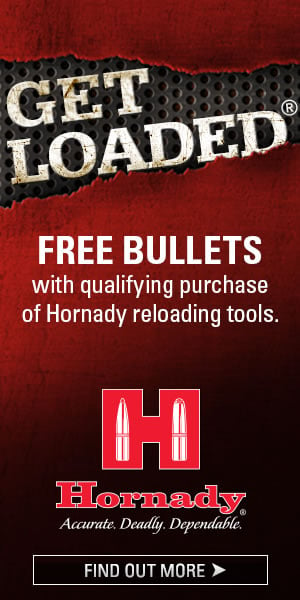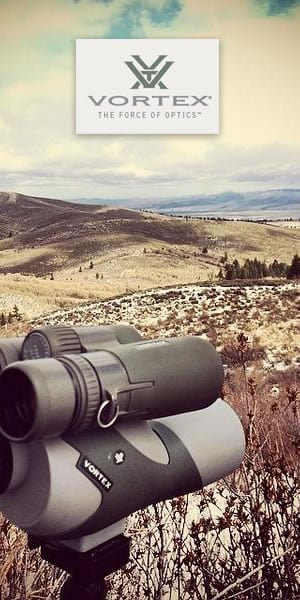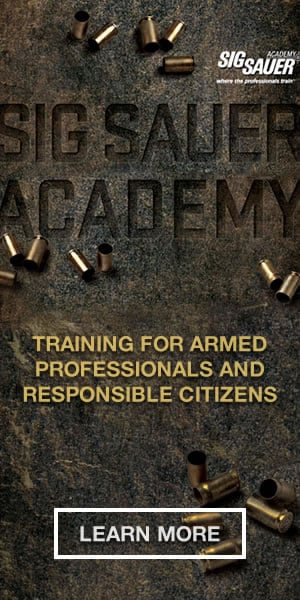Survival |sǝr´vivǝl | Noun
The state or fact of continuing to live or exist, typically in spite of an accident, ordeal, or difficult circumstances.
There is a lot of gear available for surviving the situations as outlined by the definition above. Everything from first aid kits, emergency food supplies, knives, tomahawks, fire starting kits, water purifiers, and lights to firearms are recommended as part of one's survival "kit". Whoops, correction. FEMA and the U.S. government don't ever suggest making firearms, serious knives or tomahawks as part of a family emergency kit.
There are many types of firearms that are marketed as survival arms these days. Most of them revolve around specialized shotguns or variations 5.56 mm AR-15. All good choices, and all have their purpose in the survival scheme of things. But they don't cover all the bases in and of themselves. A good .22 rifle of some sort should also be on hand especially as part of one's survival system when away from home.
Henry Arms, almost always thought of as one of the top purveyors of classic lever action rifles also makes what is arguably the most unique and specialized .22 LR survival arm- The U.S. Survival Rifle.
The U.S. Survival Rifle is currently the only "survival rifle" currently on the market that was designed from the ground up as a survival rifle-in this case as a survival rifle designed for U.S. Airforce aircrews when forced to bail out or crash land in remote areas. This makes it a highly specialized arm and it has to be understood in that context.
Originally designed by Eugene Stoner (father of the AR15) while he worked for Armalite in 1956, the AR-7 Survival rifle was very mission specific, as was the original AR15.
With space on aircraft-even large bombers-being at a premium, the AR-7, like its predecessor the AR-5 bolt action .22 Hornet rifle, needed to be as compact as possible. The AR-7 was designed as a semi-automatic .22 LR caliber rifle that featured totally self-contained storage. The barrel and action were secured in the buttstock making the AR-7 ultimate compact package. It could, and can, be assembled and made operational in about 30 seconds or so. The AR-7 then, and U.S. Survival Rifle now, are designed to float, at least for a short period of time.
Let me say what the U.S. Survival Rifle is and what it isn't and who might benefit from owning one. The U.S. Survival Rifle is singular in purpose. If you are looking for a .22 sporter to casually shoot with using large volumes of ammunition without cleaning, the U.S. Survival Rifle isn't the arm for you. Here is why.
In order to make the U.S. Survival Rifle as compact as it is, certain design accommodations had to be made. This is much akin to the design accommodations made in the development of Armalites AR15 to meet Air Force requirements for a lightweight perimeter airfield defense rifle (it was NOT designed to become the main U.S. battle rifle)
In order to tailor the design for emergency use, the original AR-7 dispensed with a receiver mounted feed ramp. Instead, Stoner designed a specialized magazine that include the feed ramp as a functional part. This means that the magazine feed ramp needs to be kept clean, and is one of the reason that Henry recommends that the U.S. Survival Rifle be cleaned after every 100 shots. Depending on the load used, it may need at least to be wiped down before that interval. Henry also recommends lubricating the rifle directly after purchase and before shooting.
I tested the U.S. Survival Rifle on two days that mimicked survival conditions-both days were during our two big snowfalls this year. The weather conditions gave a realistic feel to the tests.
The U.S. Survival Rifle comes packaged with two eight round magazines, one inserted in the magazine well, and one of two buttstock storage compartments. If you purchase an additional magazine a total of three can be carried self-contained.
Assembly is easy. First, pull off the rubberized buttstock cover. Remove the action and barrel assembly. Fit the action to the grip area of the buttstock and secure it with the captive thumbscrew in the base of the grip. The barrel assembly also has a captive locking nut to secure it to the receiver, and a spring detent. Align the barrel groove into the detent and hold the barrel in place against the light spring pressure as you turn the locking nut down against the threads. The barrel should be locked firmly in place for proper operation of the blowback system. The rifle is now ready to shoot.
Total weight of the U.S. Survival Rifle is only 3.5 pounds, which means anyone can handle it. The barrel is ABS plastic coated, and has no fore end, while the receiver is Teflon coated. The front sight is bright orange plastic, which really helped sighting in the weather conditions I tested it under. The rear sight is a fixed aperture. The top of the receiver is railed to allow mounting of an optic. However doing so means that if you carry the Henry as a survival rifle, you also have to carry along a separate optic, which is fine, but realize an optic won't fit in the buttstock compartment.
The magazine release is a lever in the front end of the trigger guard, which is reminiscent of the trigger guard safety used by the M1 Garand, M14 and the Ruger Mini-14. The safety sits at the top rear of the receiver on the right. The bolt charging handle sits flush with the receiver, but pulls out to allow proper leverage to charge the rifle.
It is imperative with the U.S. Survival Rifle, as it is with any semi-automatic .22, to use high velocity ammunition for proper cycling. You may need to experiment, as I did, with loads to insure proper functioning.
On my first test day, I used American Eagle brand Hi-Speed .22 LR ammo. While I added some oil before firing, I probably should have field stripped it and lubricated it properly first. While the rounds hit to the point of aim in reasonably tight groups from an unsupported standing position, I experienced a failure to feed with every magazine.
I field stripped and cleaned/lubricated the U.S. Survival Rifle prior to the next test. This time I used Winchester Super Speed 37grain HP ammo rated at 1330 FPS, and CCI Mini-Mag 36 grain HP ammo rated at 1260 FPS, and was rewarded with proper functioning. Wilson Combat gun oil, which is thicker than most oils, was used for lubrication, and would be the type of oil desired for long term storage.
While the U.S. Survival Rifle is not designed to hold back hordes of barbarians at the gates, it fills a special niche that few other arms can. It is a great backpackers arm for those not inclined to carry a pistol. It could be assembled for use in camp defense emergencies, or for signaling if lost. It could add game to the pot when legal. It would also be a welcome addition to a camper trailer, boat, or RV to be assembled as needed, in a Jeep or farm tractor, or as originally intended aboard, private aircraft. Extra ammo and a compact cleaning kit could be added if some plinking was legal and planned. Throw the U.S. Survival Rifle in the trunk of your car on vacation trip, just in case.
While the U.S. Survival Rifle is not for everyone or every situation, it is an important arm to have. The U.S. Survival Rifle is currently available at Vance Outdoors in black for $259.99 or camo for $319.99.


